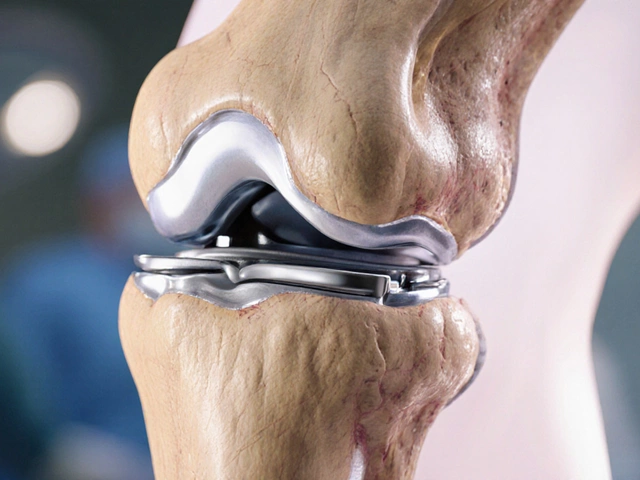Heart Operation Procedure: A Straight‑Forward Guide
If a doctor has told you that you need heart surgery, you probably feel a mix of fear and curiosity. The good news is that modern cardiac surgery is safe, and knowing what to expect can cut the anxiety in half. This guide walks you through the whole process – from the days before the cut to the first weeks at home – so you can feel prepared and confident.
What Happens Before the Surgery?
First, your cardiologist will order a bundle of tests: an ECG, echo, blood work, and sometimes a CT scan. These give the surgeon a clear map of your heart’s layout. Don’t skip any appointment; each test narrows down the exact technique your surgeon will use.
Next, you’ll meet the surgical team for a pre‑op briefing. They’ll explain the type of anesthesia, the incision site, and how long the operation should take. Ask about the hospital’s JCI accreditation or any special certifications – a hospital with international standards usually means better outcomes.
Medication management is crucial. Your doctor may ask you to stop blood‑thinners a few days early and start a short course of antibiotics. If you’re on insulin or other chronic meds, the team will give you a clear schedule to avoid low blood sugar during the fast‑track before surgery.
Finally, plan your post‑op support. Arrange a family member or friend to stay with you for at least the first 48 hours. Stock up on easy‑to‑chew foods, prescribed meds, and basic supplies like a pillow for lung exercises.
Inside the Operating Room
On the day of surgery, you’ll change into a hospital gown and meet the anesthetist. They’ll insert an IV line and start monitoring your heart rate, blood pressure, and oxygen levels. Most heart procedures now use minimally invasive techniques, but open‑heart surgery still requires a sternum split to give the surgeon a clear view.
During the operation, a heart‑lung machine (cardiopulmonary bypass) may take over the work of moving blood. While it sounds scary, the machine allows the surgeon to stop the heart briefly and work with a still, blood‑free field. The whole process typically lasts 3‑6 hours, depending on complexity.
When the surgeon finishes, they close the incision with strong sutures or staples. You’ll be moved to the ICU, where nurses watch your vitals 24 hours a day. Early mobilization is key – even gentle leg lifts help prevent blood clots.
Recovery at Home: Tips for a Smooth Comeback
The first week after discharge is the most critical. Keep your incision clean and dry; a light shower is fine, but avoid soaking the site until the doctor says it’s okay. Take pain meds exactly as prescribed – don’t wait for pain to get bad, and don’t double up doses.
Breathing exercises are a must. Use a incentive spirometer (a small plastic device) five times every hour while awake. It expands the lungs and lowers the risk of pneumonia. Walk as far as you comfortably can each day; even a short stroll around the block improves circulation and speeds healing.
Watch your diet. Stick to low‑salt, heart‑healthy foods: fruits, vegetables, whole grains, and lean proteins. Limit fried foods and sugary drinks. Staying hydrated helps the body flush out any leftover anesthesia metabolites.
Schedule a follow‑up visit within 7‑10 days. The surgeon will check the incision, listen to your heart, and adjust any meds. If you notice redness, swelling, fever, or unusual shortness of breath, call the clinic right away – these could be early signs of infection or complications.
Finally, keep a positive mindset. Many patients report feeling better after the first month, and full strength usually returns in 3‑6 months. Use this time to adopt long‑term heart‑healthy habits: regular exercise, stress management, and routine check‑ups.
Heart surgery can feel daunting, but with the right prep, clear communication, and diligent after‑care, you’ll give yourself the best chance for a smooth recovery and a healthier heart for years to come.





